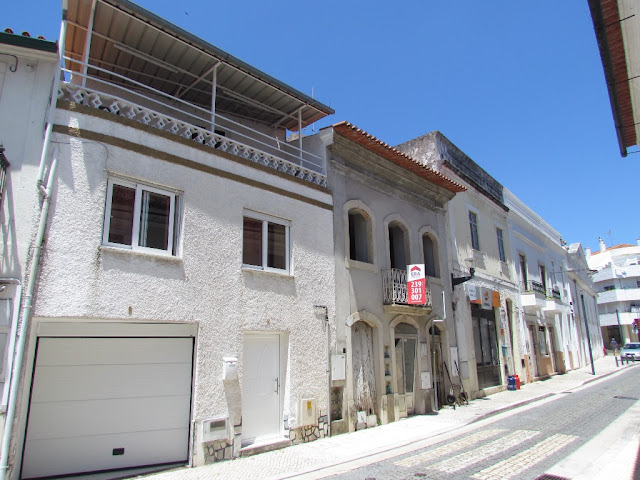CONDEIXA-A-NOVA
40° 07′ 12″ N; 8° 30′ 00″ W
The village of Condeixa-a-Nova is the seat of the homonymous municipality with an area of 138.68 km² and 17 078 inhabitants (2011), subdivided into 7 parishes (Anobra; Condeixa-a-Velha and Condeixa-a-Nova; Ega ; Furadouro; Sebal and Belide; Vila Seca and Bem da Fé; Zambujal.
The municipality is limited to the north by the municipality of Coimbra, to the east by Miranda do Corvo, to the southeast by Penela, to the southwest and west by Soure, and to the northwest by Montemor-o-Velho.
It is a municipality that has a mountainous component, where subsistence agriculture predominates and a flatter one, in which agricultural activity is much more profitable. Despite being a municipality in which the population is mainly dedicated to agriculture, some industrial companies are beginning to establish themselves, certainly resulting from its strategic location.
In the parish of Sebal, an industrial area is implanted where, among others, pharmaceutical and ceramic factories stand out to cover floors and walls. The handmade production of hand-painted crockery is an activity that still employs many dozens of people, due to the large percentage of these items that can be sent for export. The 651,566 square meters Condeixa industrial area is 40 km from the port of Figueira da Foz, 70 km from the port of Aveiro, 130 km from Porto Airport, and 200 km from Lisbon Airport.
Very close to Condeixa-a-Nova, are located the Ruins of Conímbriga, whose Monographic Museum constitutes a pole of great tourist interest and historical research. The Conímbriga Museum is the second most visited in the country, surpassed only by the Coach Museum in Lisbon.
Due to its strategic location on the Lisbon-Coimbra-Porto road, Condeixa-a-Nova has developed and grown a lot.
Despite its prosperity, the village suffered immensely from the French invasions, having been invaded and violently looted and, later, several palaces and other buildings were burned, including the Mother Church, which had to be rebuilt in the neoclassical style, which it currently exhibits.
Currently, Condeixa is a relatively developed village, with its own industry and trade. In addition, it benefits from the proximity to Coimbra and Conímbriga.





































































































